THE DOLPHIN IN CHRISTIAN SYMBOLISM
Among the symbolic figures with which we frequently meet in early Christian art, among the mural and sepulchral decorations of the subterranean church as well as in other ornamental designs of that time, is the dolphin. The early Christians considered the dolphin as a fish, and, according to Aringhi, as the king of fishes. Up to the time of Constantine, i.e., for three hundred years after Our Lord's ascension, the figure of the fish was used instead of the cross.
The Greek word for fish is IchTHYS. The five letters of which this word is composed are the initials of five words (Jesous Christos Theou Yios Soter) signifying, “Jesus Christ, the Son of God, our Saviour.” Martigny connects this symbol with the disciplina arcani, and says that it also stood for the Holy Eucharist, in which Christ, the celestial food, is miraculously multiplied as were the two fishes on the desert-mount, and becomes the nourishment and substantial life of the Christian. Moreover, the fact of the first apostles having been fishermen, and actually called by Our Lord to be fishers of men, made the use of this image quite applicable to the followers of Christ, Whom, as their pattern, they sought to express in themselves. The early Fathers of the Church speak of the faithful as pisciculi (little fishes) regenerated in the life-giving waters of Baptism, who follow Christ, the ichthys.
Thus the meaning of the fish anagram, as we find it upon the walls of the catacombs, on gems, and later on in the decoration of baptisteries, is simple enough. It stands for the word Christ, which was not to be expressed. It frequently also stands for the Eucharist, as in the following epitaph found in the catacombs: “Saintly Maritima, thou hast not left the sweet light, for thou didst have with thee (here is inserted the symbol of an anchor between two dolphins) the immortal one who reigns over all, for thy love everywhere preceded thee.” It seems to say that Maritima had been fortified with the holy Viaticum, the hope of the Christian, a fact which was worthy of mention in those troubled times.
THE DOLPHIN AS THE SYMBOL OF CHRIST
The Dolphin was to be found only in the purest waters. Of incredible swiftness in its motion, it became the emblem of absolute strength, for it was supposed that it could not be controlled except by its own love for man. Its affection for man was said to be so great, that it proved not only most docile to any one kindly approaching it, but would follow the fishermen, recognize them individually, and frequently warn them against storms by changing its usually frolicsome gambols into straight motion towards port.
The Greeks called it “philanthropos,” and Gellius relates a touching story taken from the record of an Egyptian, who affirms to have been an eye-witness to the occurrence, of how a child once having made friend with a dolphin at the seashore, the latter came daily to play with the boy, and sometimes took him on his back, riding him through the water for short distances. The writer also adds that, the fact having become known, all the people of the town and neighborhood came daily to witness the sport.
The idea of the dolphin as light-bearer, representing Christ, the light of the world, has been preserved in Christian art to a late date. Constantine gave to the Basilica of John Lateran a candelabrum (pharocantharus) of purest gold, with eighty dolphins. It hung before the altar, and precious nard oil was constantly burnt therein. Jacob, from whose “Art in the Service of the Church” we take this instance, adds: “They saw in the dolphin the symbol of Christ, the Saviour friendly to man, but also of the Christians who in the midst of the storms gather confidently and joyously around the Saviour, the never extinguishing light.”
The fabled beauty of the dolphin is no doubt connected with its graceful movements. Easily attracted by the charms of music, it is said to leap high up into the air, then dart with incredible velocity into the deep, appearing again almost simultaneously in different parts, whilst with seemingly intelligent mirth it delights the beholder. The beautifully winding country between the Rhone and the Alps, west of Savoy, has, it is said, taken its name of Dauphinée from this symbol of beauty borne in the escutcheon of the royal sons of France.
Among other qualities with which the dolphin was identified were valor, whence we find it upon the shield of Ulysses, and fortitude, especially as exhibited by the Christian martyrs. It stood also for parental love. Naturalists of a later age have drawn attention to the affectionate care with which the dolphin raises her single offspring. Lying partly over to one side she draws it gently along, tempering her own motion whilst feeding her young with a milk which is said to be exceedingly sweet.
It is not surprising, therefore, that the ancients should have considered this animal as sacred, so that to injure or kill it was accounted a sacrilege. All this points to the origin of the Christian symbol, which suggested to the heart and mind of the earnest converts so much that could not have been expressed in any other way. The king of fishes was to them an image of their own king, Christ. And hence they engraved it not only upon their tombs and on their baptistery walls, but wore it upon rings and bracelets and similar ornaments as the signs by which they would know one another.
THE DOLPHIN AND THE ANCHOR
In Christian symbolism the double emblem of the dolphin winding itself around the anchor has three distinct meanings. Of these the most obvious is that of hope in Christ, or, as Wilpert expresses it: “Spes in Christo; spes in Deo; spes in Deo Christo.” Mammachi says that the anchor did not only stand for hope, but also for fortitude, and gives as an example the inscription on the tomb of St. Faustina, who is styled “Virgo fortissima.” Resting this interpretation upon the words of St. Paul to the Hebrews, where he speaks of the promise made to Abraham, and calls it “the hope set before us, which we have as an anchor of the soul, sure and firm.” and which the Fathers understand as referring to the Church, we may express by the anchor either the Church, or the graces which flow to us from it, being our hope sure and firm, and united to Christ, represented by the dolphin. Thus the meaning would evidently be “Christ and the Church.”
--THE AMERICAN ECCLESIASTICAL REVIEW (1890)

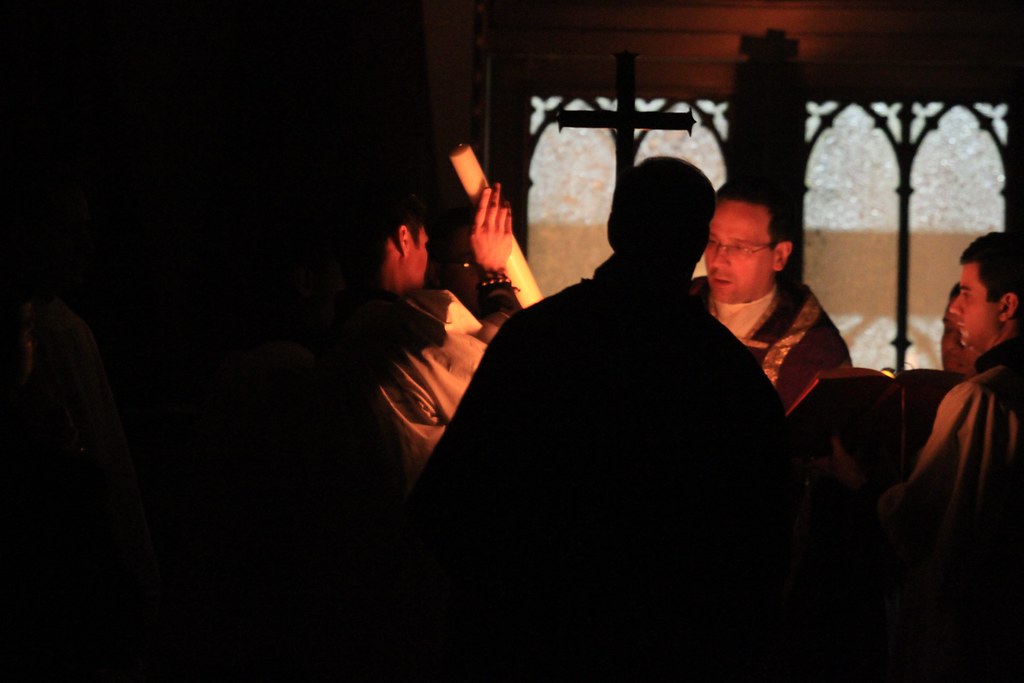
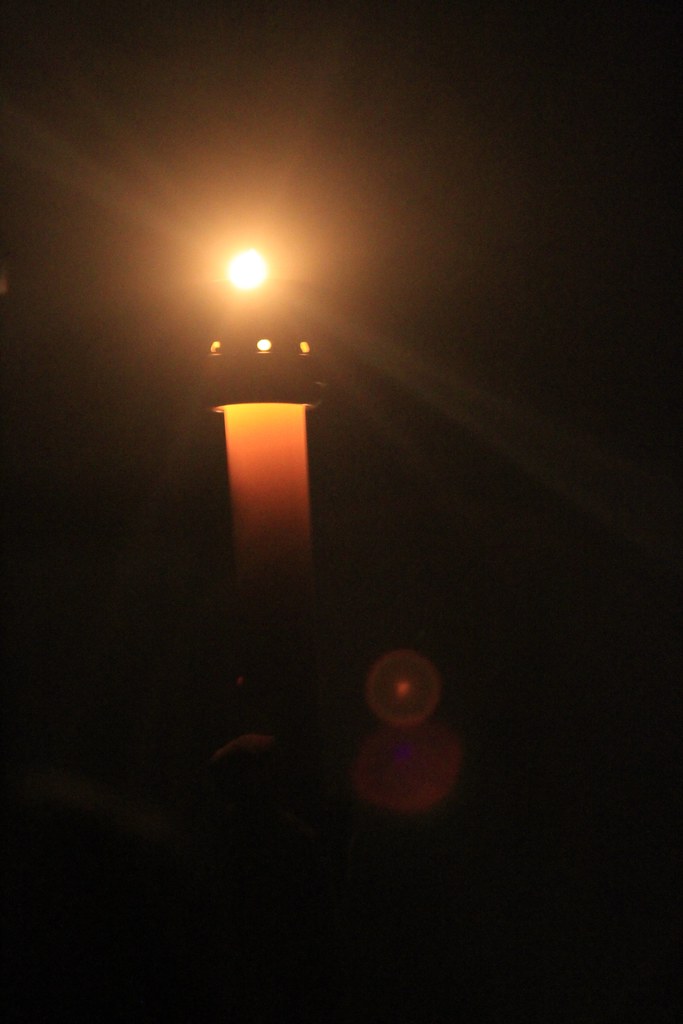
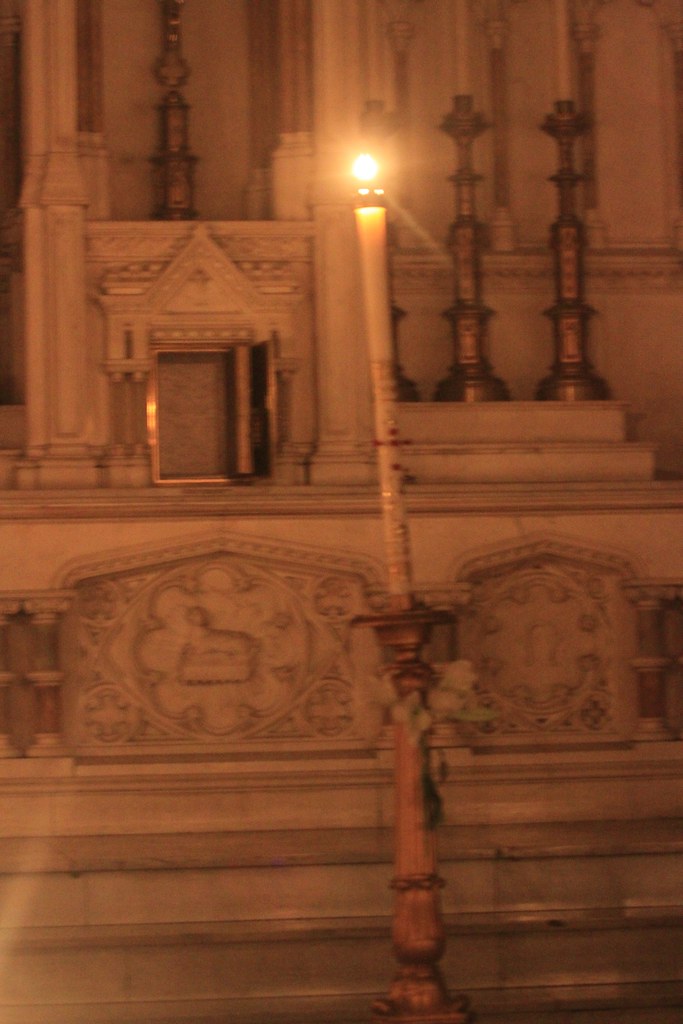
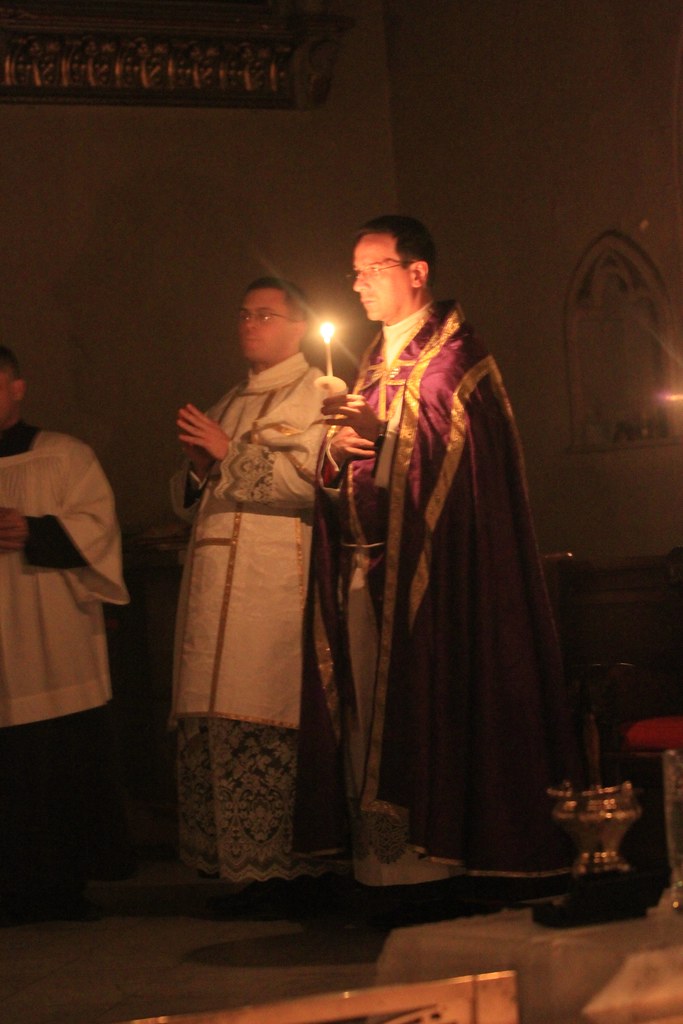














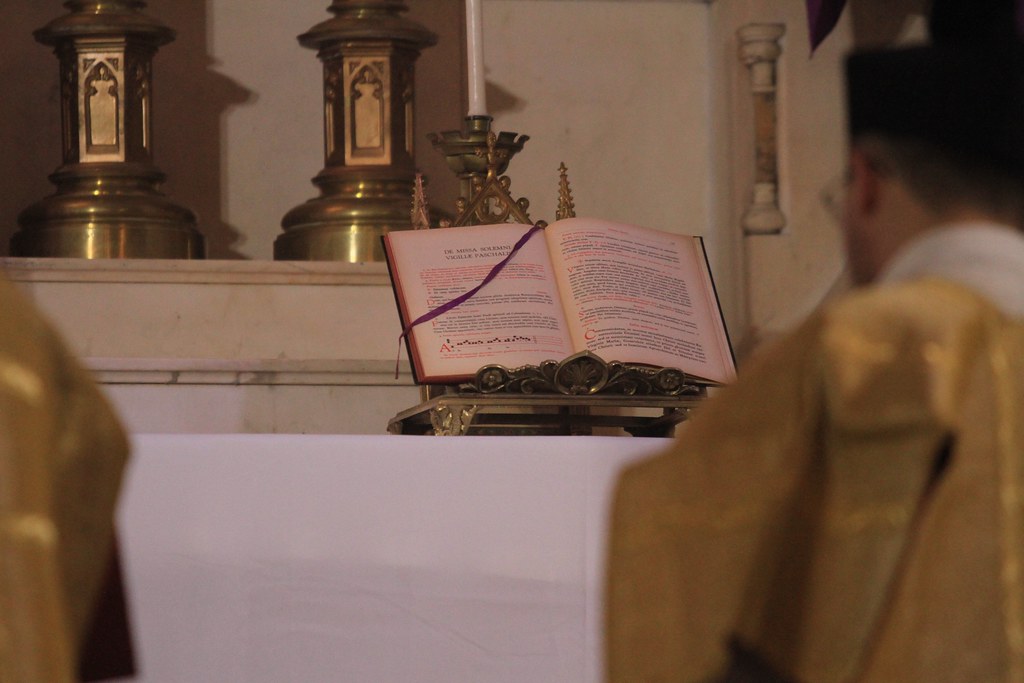

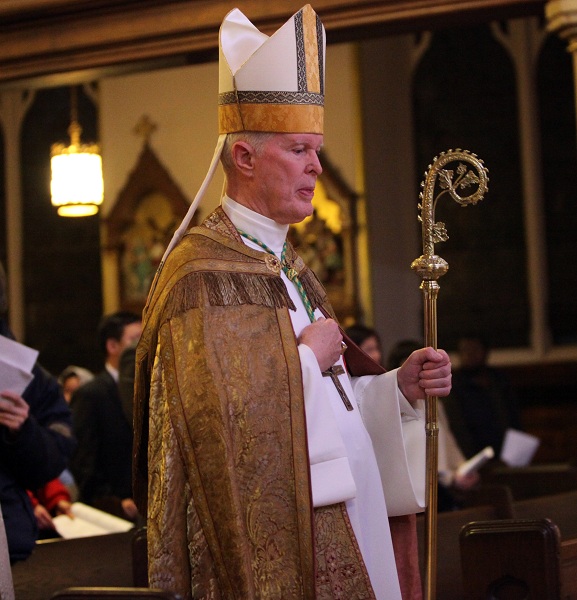
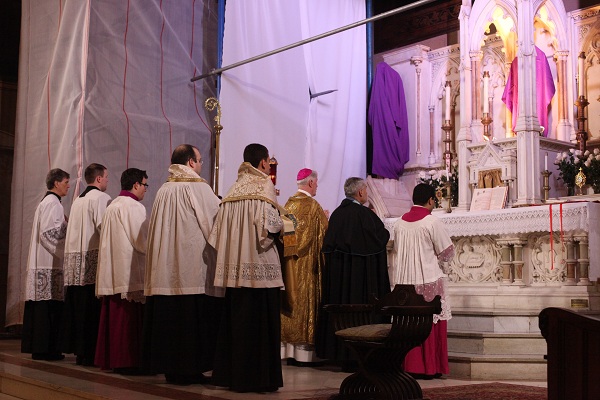
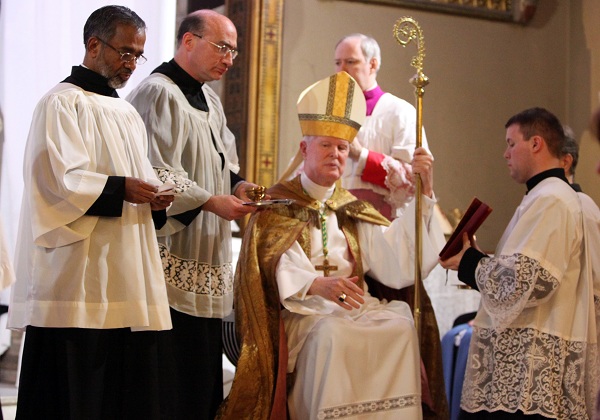
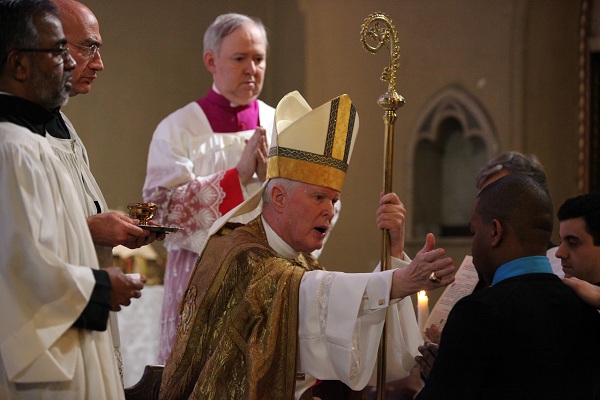
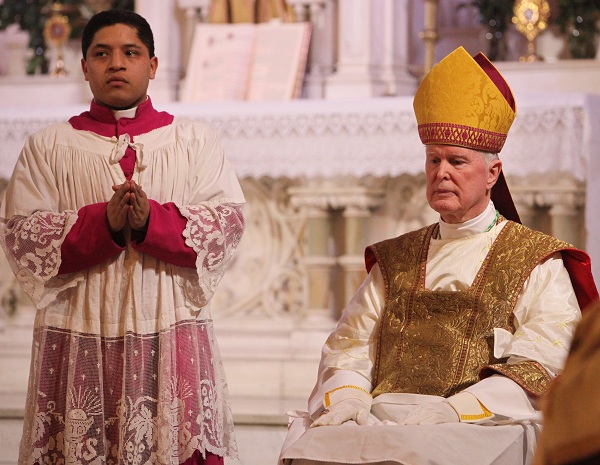


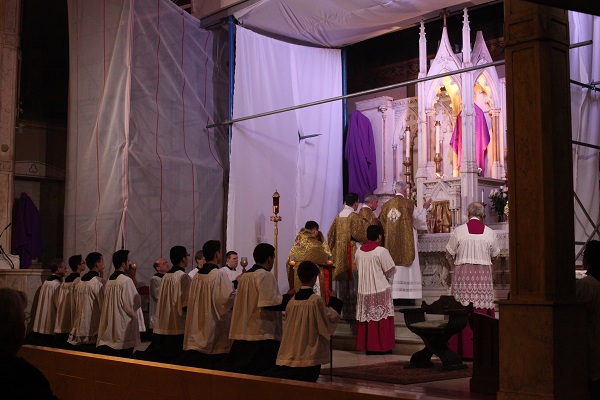


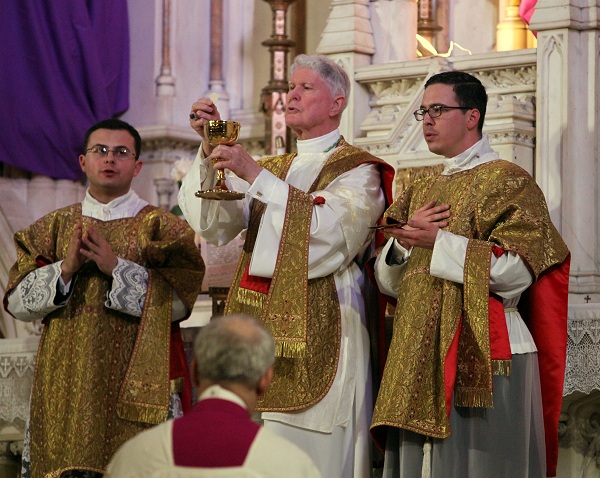
.jpg)


















